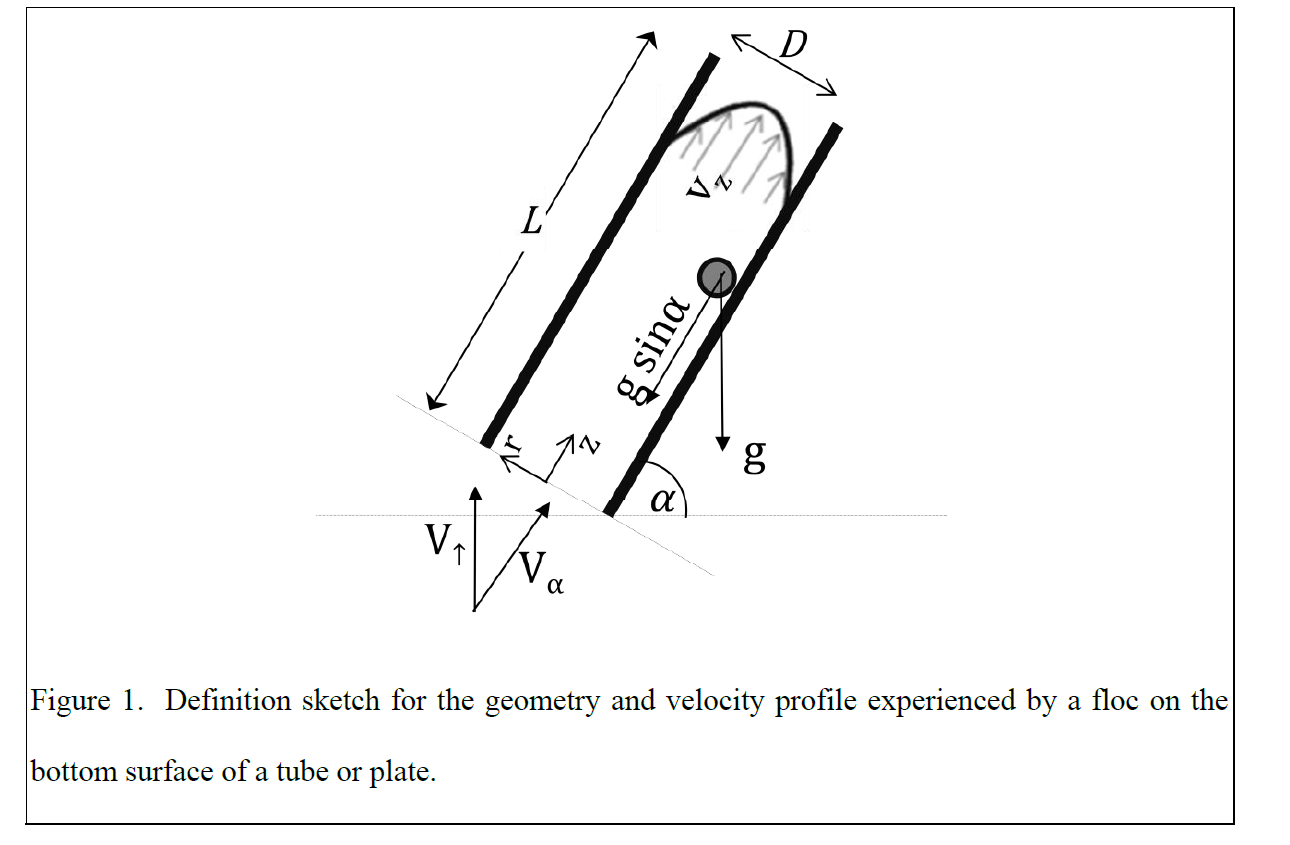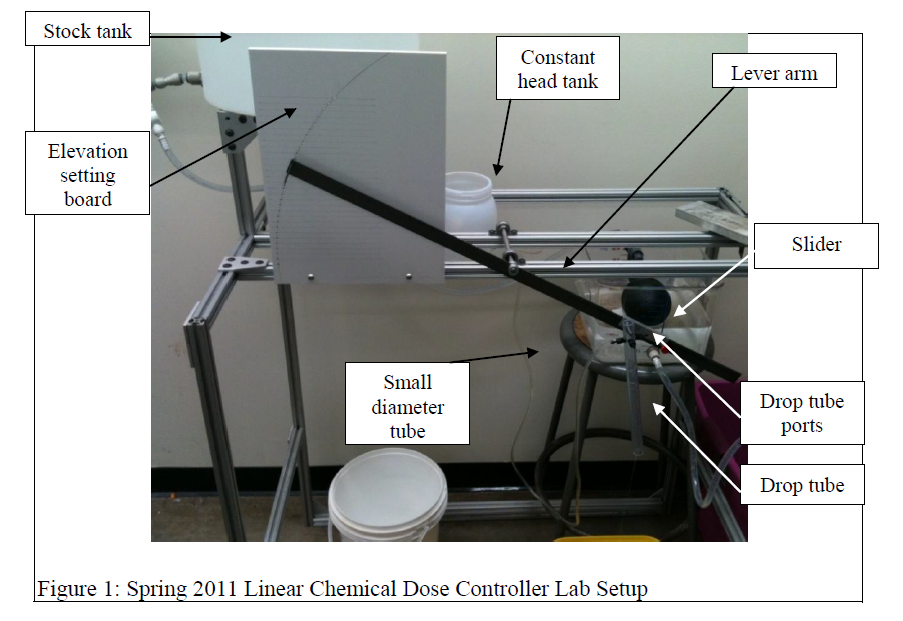Emily Clamp, Rohiverth Guarecuco, Julia Morris
Abstract:
The goal of the turbidity team was to create a low-cost turbidimeter that measures water turbidity within the range of 5 NTU to 250 NTU. Thus far, the team has brainstormed various turbidimeter designs and created several prototypes for simultaneously testing different LED display patterns. Many patterns have been assessed, including a dual-range LED display pattern for measuring a broad turbidity range. The dual-range LED pattern was tested using an experimental setup that allowed turbidity measurement of water that was constantly mixed with kaolin clay using a water pump. The team determined that only the fine pattern of the dual-range pattern was necessary, since the pattern alone could accurately measure turbidities from 5-200 NTU. This approach is based on resolution of the fine pattern within the turbidimeter as opposed to the use of contrast when using conventional Secchi disk patterns. The fine-resolution pattern was used to create a low-cost turbidimeter prototype equipped with an NTU scale based on the power-law equation derived from experimental results.








